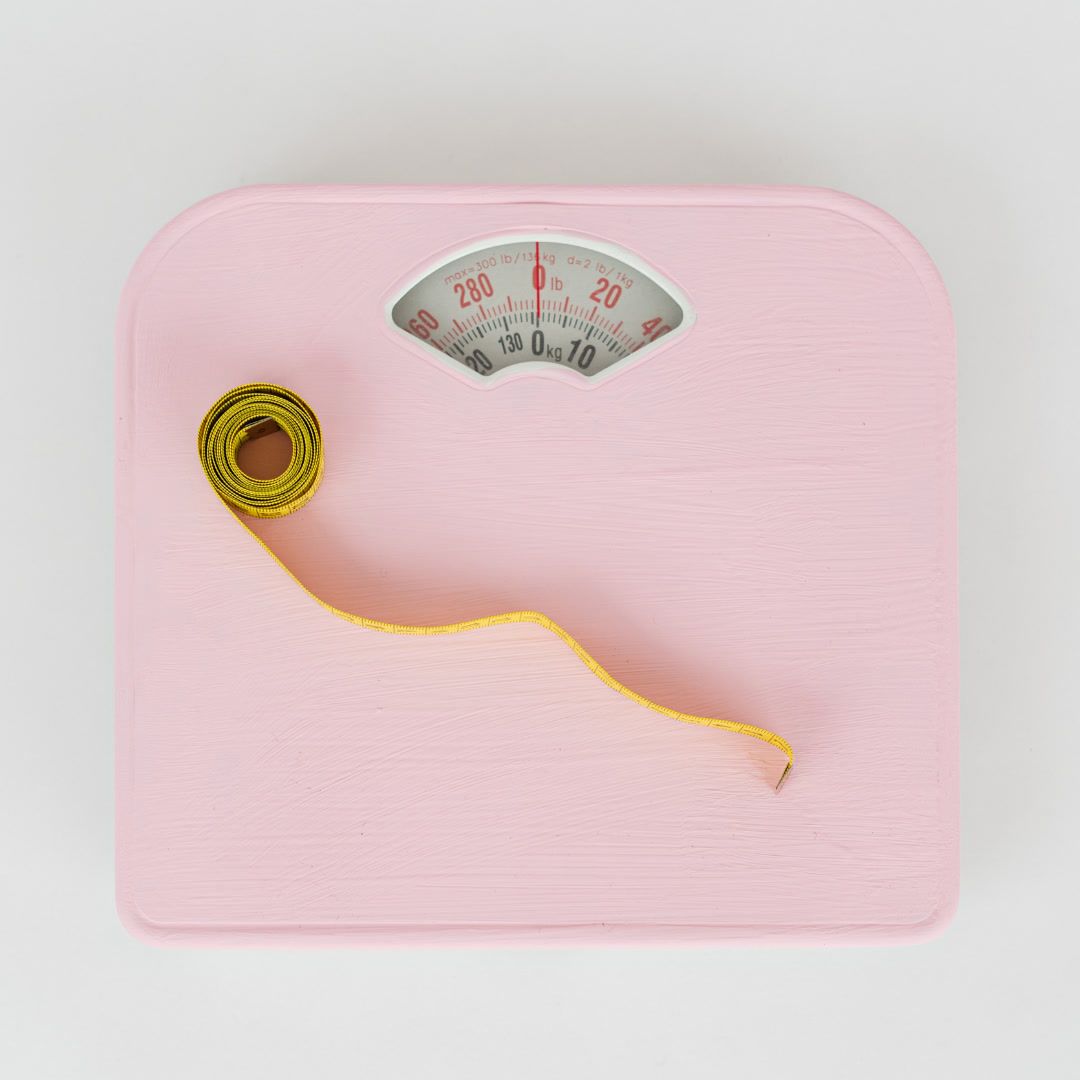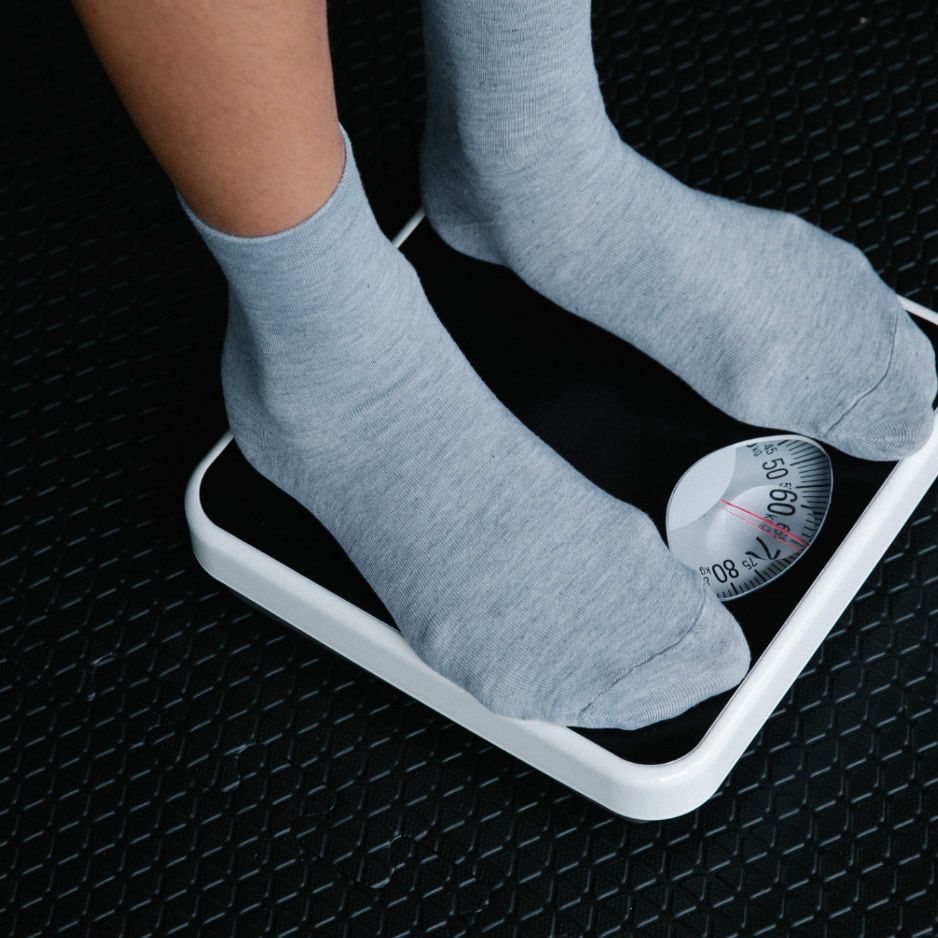How to Lose Visceral Fat
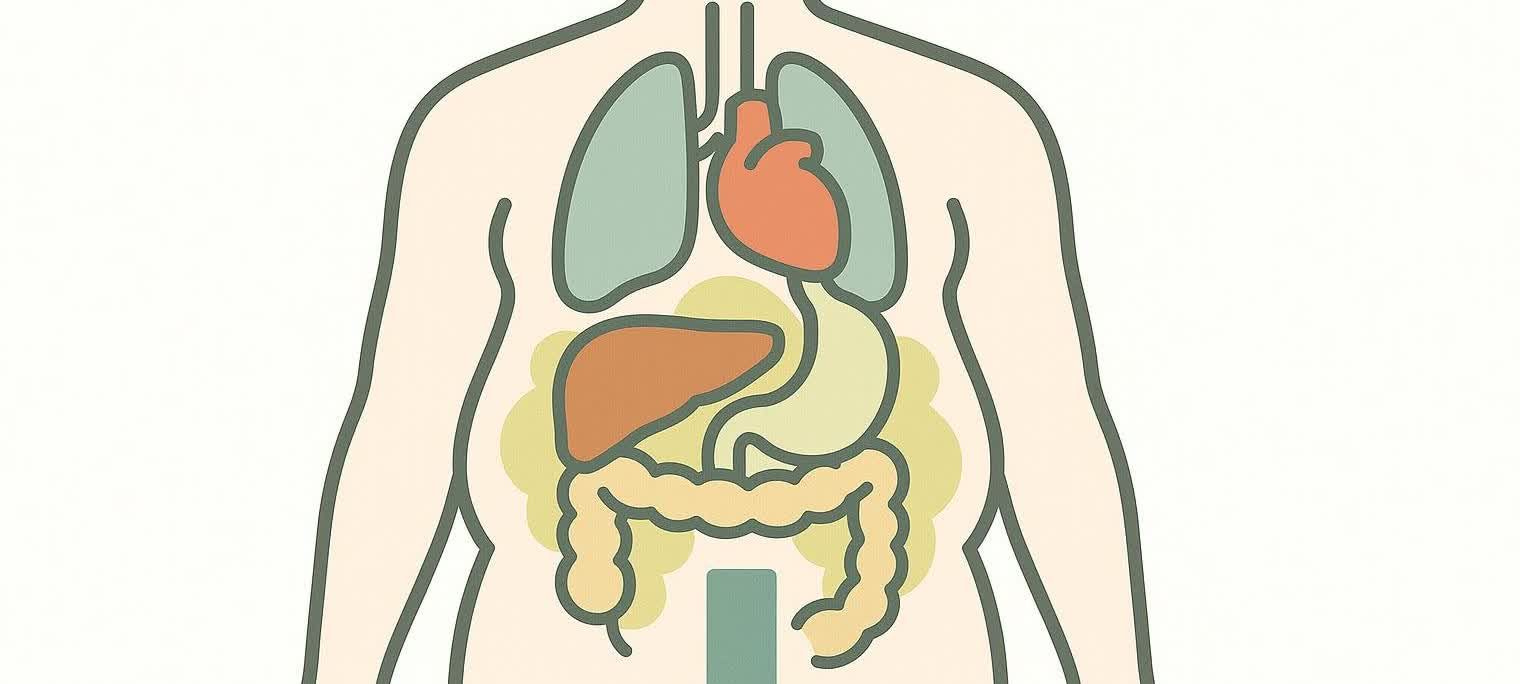
How to Lose Visceral Fat: A Science-Backed Action Plan
Visceral fat is the metabolically active fat that surrounds your organs deep inside your abdomen. Too much of it raises the risk of type 2 diabetes, heart disease, fatty liver, and even certain cancers (Cleveland Clinic). In this guide on how to lose visceral fat, you’ll get a clear, research-driven roadmap that shrinks the dangerous stuff while preserving the muscle and energy you need to thrive.
Quick-Start Checklist
If you’re skimming, start here. The following habits have the strongest peer-reviewed evidence for visceral-fat reduction:
| Habit | Target | Why It Works |
|---|---|---|
| Moderate calorie deficit | ~10–20 % below maintenance | Overall fat loss—including visceral—occurs when calories out exceed calories in (Harvard Health). |
| Protein at every meal | ≥ 1.6 g/kg body weight | Protein-rich diets preserved lean mass and cut visceral fat in a 6-month RCT that bumped intake from 0.8 → 1.3 g/kg (Journal of Gerontology). |
| Fiber-rich whole foods | ≥ 25 g/day women, 38 g/day men | Each 10-g bump in soluble fiber cut visceral-fat gain by 3.7 % over 5 years in the CARDIA cohort (Wake Forest Baptist Health). |
| Moderate-to-vigorous cardio | 150–300 min/week | Aerobic exercise reduces intra-abdominal fat even without weight loss (American Heart Association). |
| Resistance training | 2–3 sessions/week | Strength work improves insulin sensitivity and targets visceral fat when paired with cardio (Mayo Clinic Proceedings). |
| 7–9 hours sleep | Consistent bedtime | Sleeping < 6 h predicts a 22 % rise in visceral fat over 5 years (University of Chicago Medicine). |
| Daily stress management | ≥ 10-min relaxation practice | Chronic cortisol elevation drives central fat deposition (American Psychological Association). |
Tip: Track progress with a BodySpec DEXA scan every 6–8 weeks for precise visceral-fat data and < 1 % measurement error.
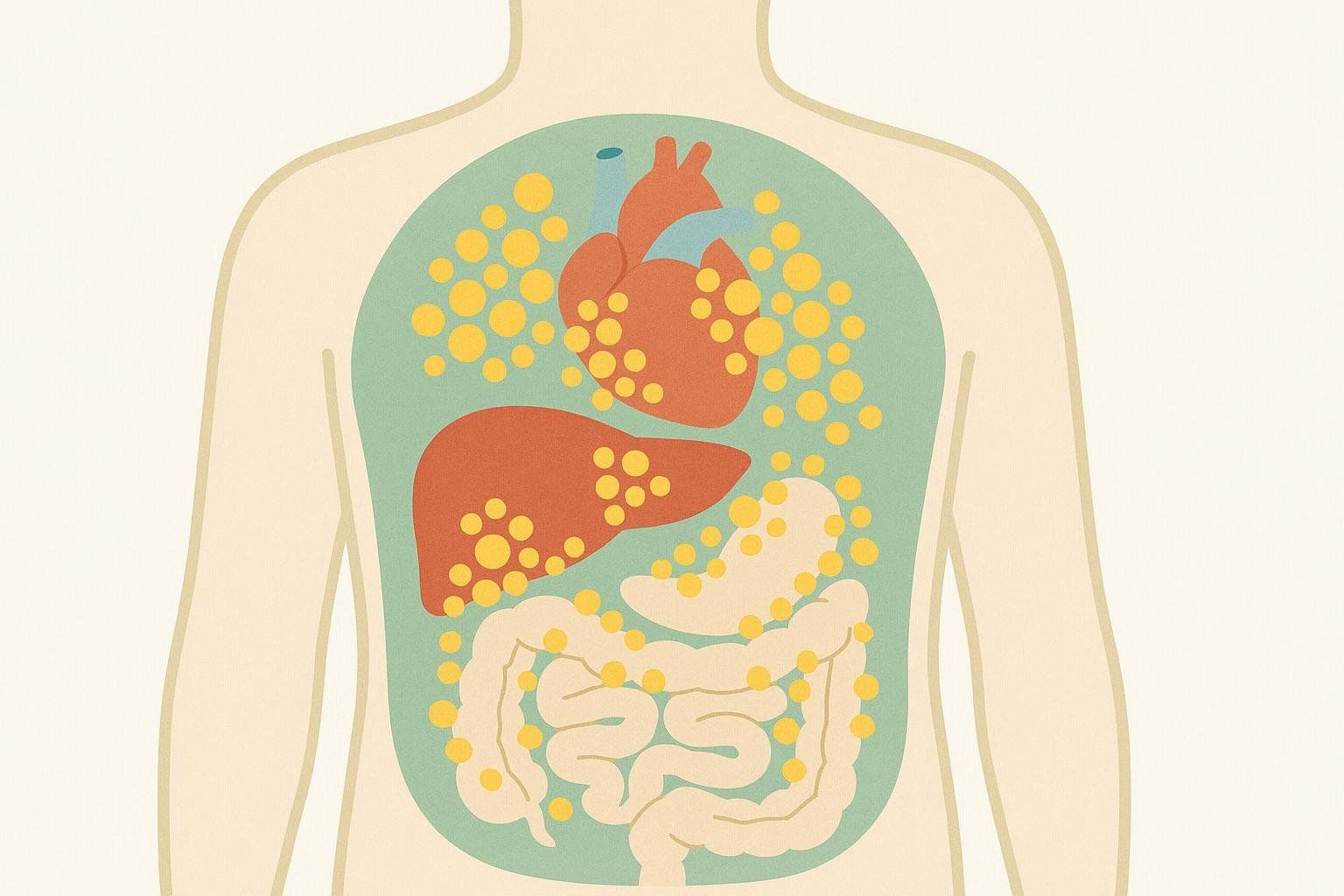
What Is Visceral Fat (and Why Is It Risky)?
Unlike the pinchable subcutaneous fat under your skin, visceral fat hides out around organs like the liver and intestines. Because it’s packed between vital structures, it’s metabolically active. Visceral adipocytes release inflammatory cytokines (IL-6, TNF-α) and hormones that:
- Disrupt insulin signaling and raise fasting glucose, paving the way for type 2 diabetes (Harvard T.H. Chan School)
- Elevate very-low-density lipoproteins (VLDL) and triglycerides, increasing cardiovascular disease risk (Nature Reviews Cardiology)
- Raise blood pressure via renin-angiotensin system activation (American Heart Association)
- Impair liver function and promote non-alcoholic fatty liver disease (NAFLD) (Journal of Hepatology)
- May secrete estrogen-like compounds that increase certain cancer risks, notably colorectal and breast cancers (Cancer Research UK).
A 2024 analysis in the Multi-Ethnic Study of Atherosclerosis found that every 10 cm² increase in visceral-fat area bumped the odds of coronary artery calcification—a predictor of heart attack—by 0.6 % (MESA study results). In other words, you can appear “normal weight” yet still harbor dangerous amounts of visceral fat (so-called “TOFI”: thin outside, fat inside).
Finally, visceral fat is hormonally stubborn: high cortisol and low estrogen/testosterone environments cue your body to store fat centrally. That’s why stress, poor sleep, and hormonal shifts with age often show up first around the waistline.
Learn the key subcutaneous vs. visceral fat differences in our detailed explainer.
How to Measure Your Visceral Fat
- DEXA Scan (Gold Standard). A BodySpec DEXA provides a personalized visceral-fat volume in grams plus a color-coded risk zone—no guesswork. The technology’s coefficient of variation is < 1 % for repeat scans (International Journal of Body Composition Research). Better yet, BodySpec makes this gold-standard tech affordable: scans start at $45–$65, compared with the $200+ you might pay at hospital imaging centers.
- Waist Circumference. Simple but useful. High-risk cut-offs:
• Women: ≥ 35 inches (88 cm)
• Men: ≥ 40 inches (102 cm) - Waist-to-Hip Ratio (WHR). Divide waist by hip measurement. Aim for < 0.85 (women) or < 0.90 (men). Ratios above these thresholds predict higher visceral-fat mass and cardiovascular mortality (World Health Organization).
For more guidance on what is a health level of viceral fat, see our page on What Is a Healthy Visceral Fat Level?.
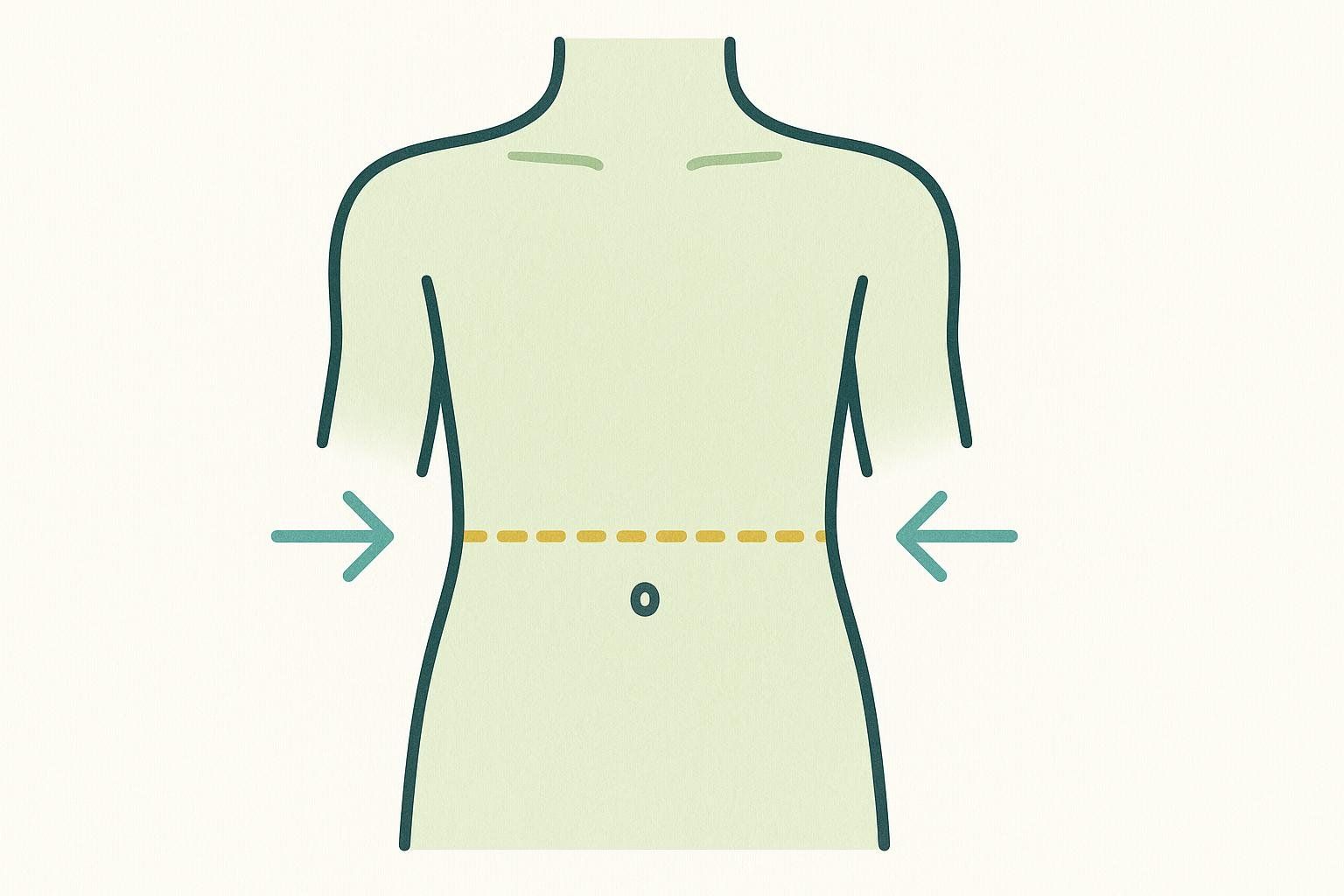
The 4-Pillar Strategy to Lose Visceral Fat
1. Nutrition: Create a Mild Calorie Deficit—Without Starving

• Prioritize protein. Aim for 0.7–1.0 g per lb (1.6–2.2 g/kg) body weight. The RCT above showed higher protein cut VAT by −17 cm² compared with the standard-protein group.
• Build meals around plants. Half your plate vegetables or fruit, one-quarter lean protein, one-quarter whole-grain or starchy carb, plus a thumb of healthy fat.
• Limit added sugars & ultra-processed foods. They spike insulin and are consistently linked to higher visceral fat (WebMD).
• Consider Mediterranean-style eating. Its mix of monounsaturated fats, legumes, and polyphenols has demonstrated visceral-fat reductions independent of weight loss (American Journal of Clinical Nutrition).
2. Training: Combine Cardio & Resistance Work
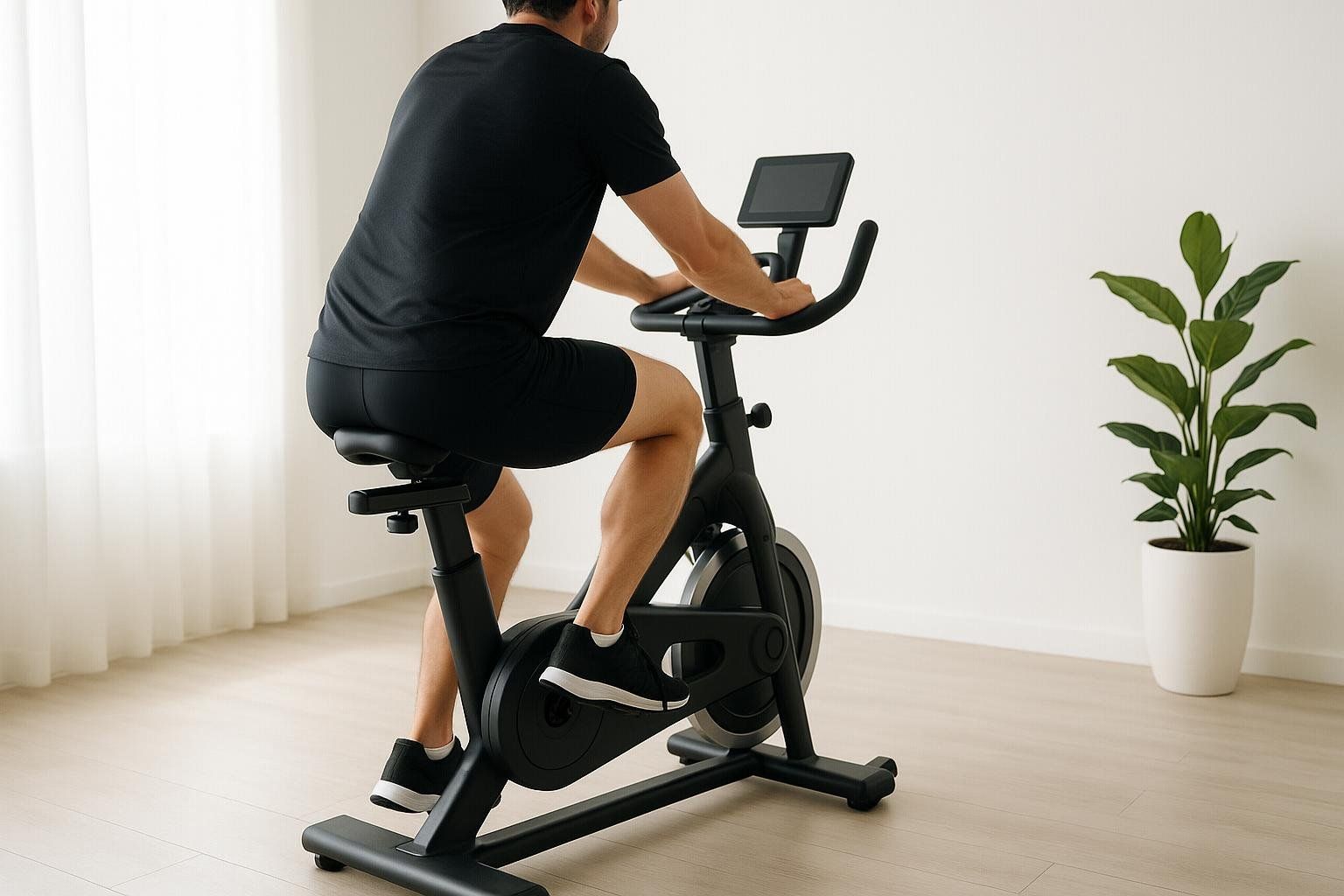
• Aerobic baseline. 30–45 minutes of brisk walking, cycling, or swimming on most days. Meeting the federal 150-minute guideline shrinks visceral fat even without scale-weight change (American Heart Association).
• HIIT accelerator. 10–20-minute high-intensity intervals twice a week can double visceral-fat loss compared with steady-state cardio (Sports Medicine).
• Lift heavy(ish). Compound moves (squats, rows, presses) 2–3 times weekly improve insulin sensitivity and resting energy burn.

Need workout ideas? Explore these 7 Effective Workouts to Lose Belly Fat.
3. Recovery: Sleep & Stress Control

• Sleep debt = belly debt. People sleeping < 6 hours gained significantly more visceral fat over 5 years than those sleeping 7–8 hours (Mayo Clinic).
• Downshift cortisol. Try 5 minutes of box breathing, a post-work walk, or app-guided meditation. Lower cortisol correlates with lower visceral fat—learn how stress impacts fat loss in our guide.
4. Consistency Tools: Tracking & Accountability
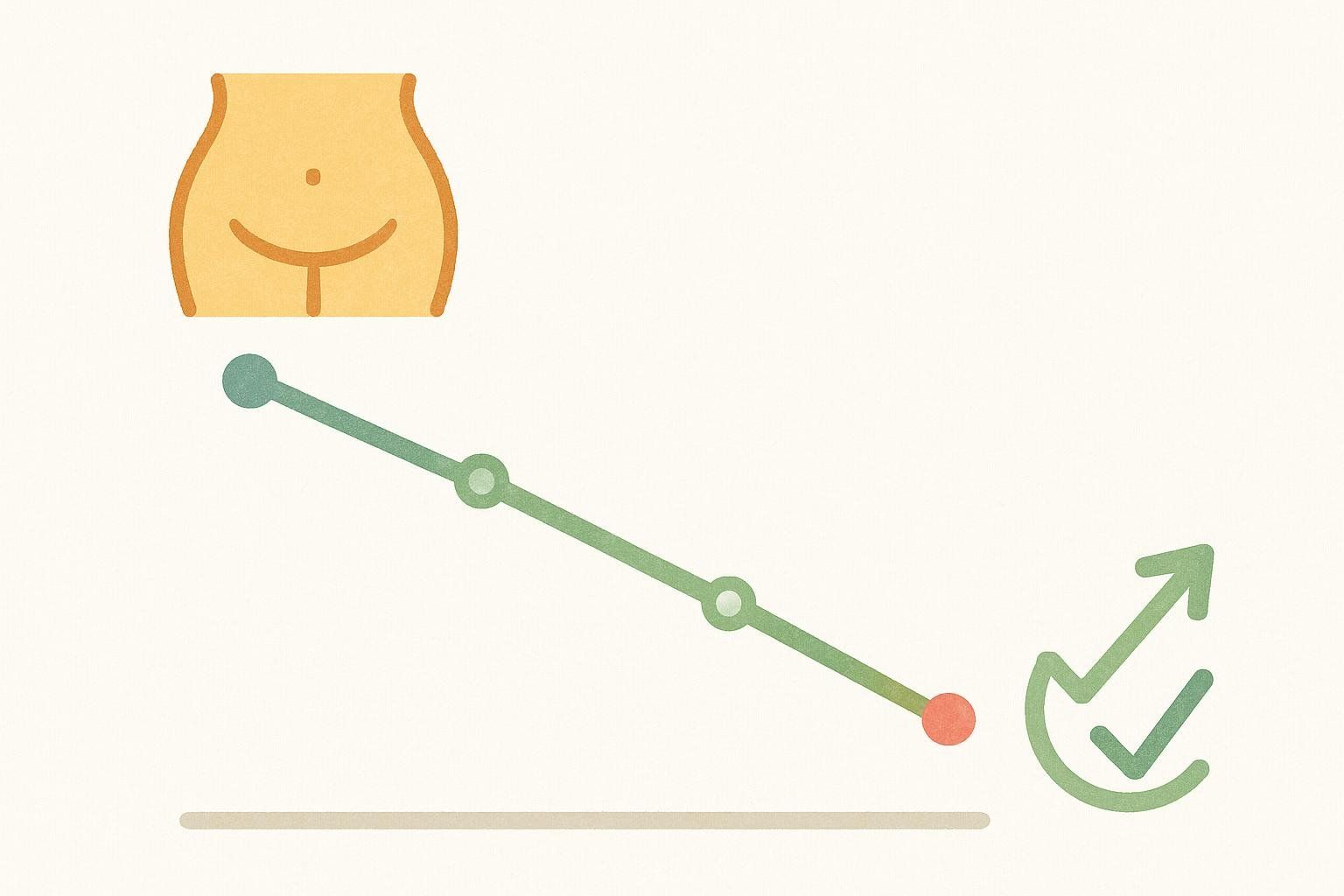
• Schedule DEXA scans. Numbers beat guesswork for motivation.
• Log food 3 days/week. Awareness alone can reduce calorie intake.
• Recruit a habit buddy. Shared workouts improve adherence by ~20 %.
Sample 4-Week Action Plan
| Week | Focus | Nutrition Goal | Training Goal | Recovery Goal |
|---|---|---|---|---|
| 1 | Awareness | Track meals 3 days | 3 × brisk walks | 7 h sleep avg |
| 2 | Protein | ≥ 30 g protein at breakfast | Add 2 full-body lifts | 10-min stretch before bed |
| 3 | HIIT | Swap sugary drinks for water | 2 HIIT + 2 cardio | 5-min meditation daily |
| 4 | Fiber | 30 g fiber/day | Maintain all sessions | Unplug screens 1 h pre-sleep |
Rinse and repeat, nudging targets upward as you adapt.
Frequently Asked Questions
How long does it take to lose visceral fat?
At BodySpec, we’ve worked with over 200,000 clients. Many see measurable drops in visceral-fat grams within one month—but only when they hit nutrition, training, sleep, and stress goals with high diligence. Most research trials report substantial reductions after 8–12 weeks of consistent effort.
Can crunches burn visceral fat?
Spot reduction is a myth. Ab exercises strengthen muscle but don’t specifically burn the fat on top—learn more in Do Crunches Help Burn Belly Fat.
What’s a healthy visceral-fat score on a DEXA?
BodySpec flags < 500 g (men) and < 400 g (women) as low risk. Scores above 1,000 g warrant aggressive lifestyle changes.
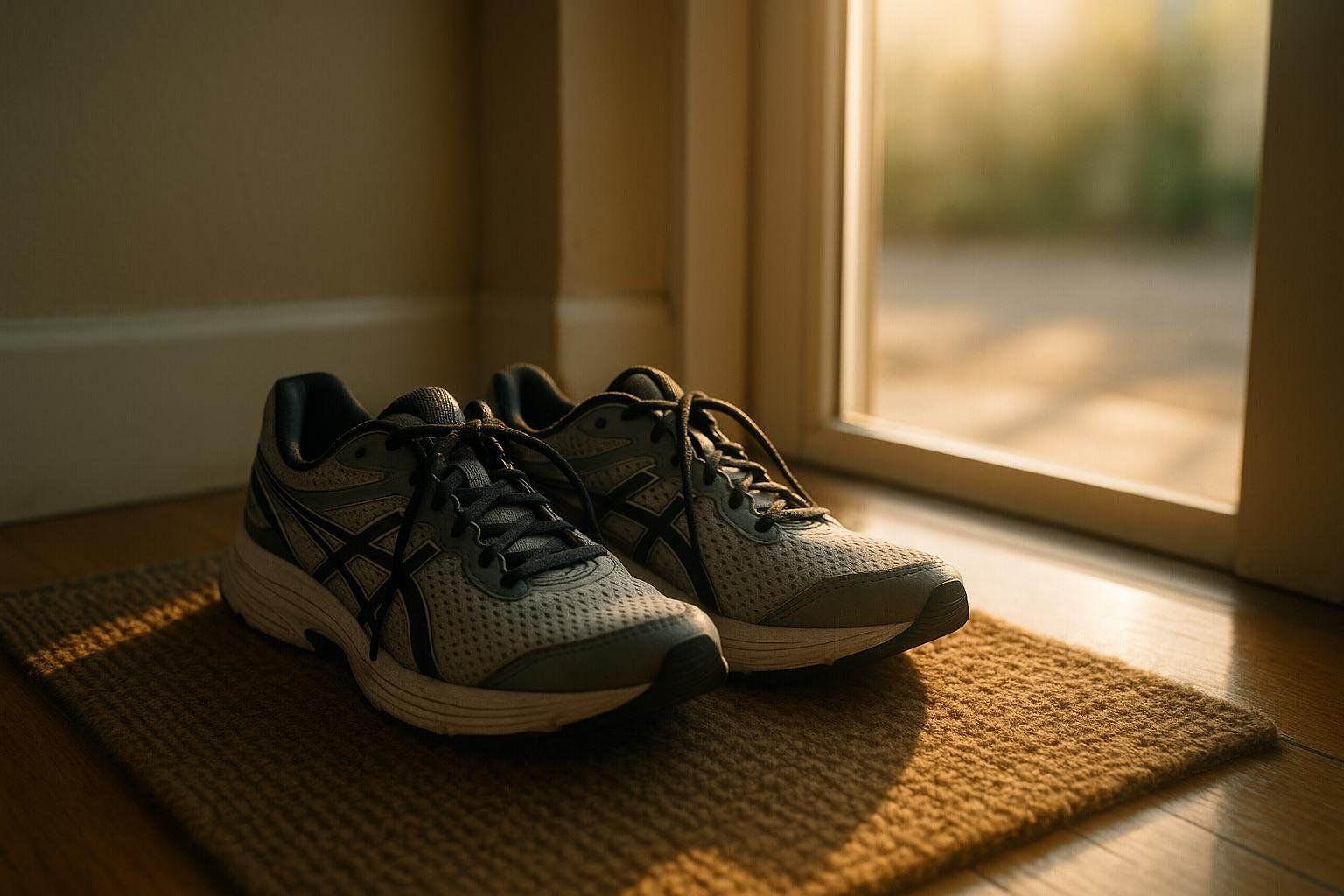
Take the Next Step
Ready to see exactly how much visceral fat you have—and track your progress with surgical precision? Schedule a BodySpec DEXA scan near you and turn the plan above into data-driven results.
